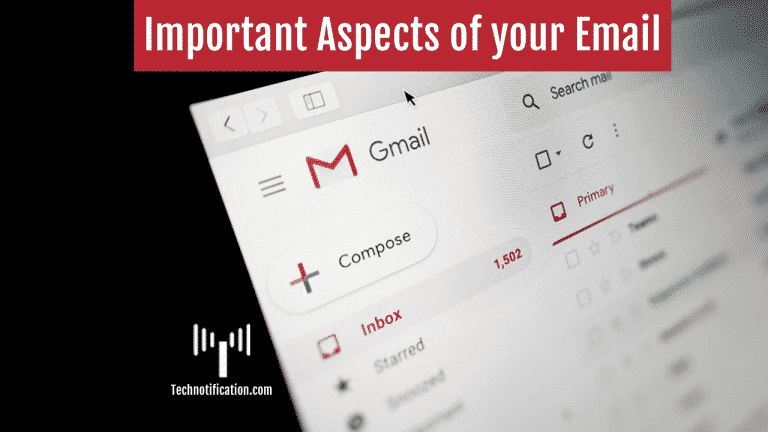The most important aspect of your email (or any writing) is clarity. What you are writing should make sense. Is it clearly communicating what you want to tell or describe? After writing, read it aloud to check if it makes sense. That’s the easiest way to catch clarity issues. Now, let’s understand the following three specific ideas to achieve clarity.
Contents
1. Have short paragraphs and proper spacing
Let us take these two writing samples:
Sample 1: When I was in high school, I always thought that “I should sharpen my programming skills, and only then will I be a good software engineer.” Though I was not comfortable with computers, I used to learn about different languages and equip myself.
Sample 2: When I was in high school, I always thought, “I should sharpen my programming skills. Only then will I be a good software engineer.” Though I was not a computer geek, I used to learn about different programming languages to equip myself.
Which one is better?
Of course, it is Sample 2. Nobody likes to read big paragraphs at work. Big paragraphs are overwhelming and people don’t have time to read long emails word by word. That’s why we need to have short paragraphs that have one big idea. This helps the reader to understand one point at a time. One more important aspect is to give proper spacing so that it is easy to consume the information. It’s much easier to read when you cap off to 6o or 70 percent of the entire width.
2. Use common, not complex words
Are you someone who catches everyone’s attention because of your excellent vocabulary? But that’s exactly what you shouldn’t do in an email. We work in a global economy and the proficiency levels of readers vary drastically. I could write, “Since its inception, our company has endeavored to be cognizant of the fact that employee proficiencies are important.” Or I could write, “Since its start, our company has been aware of the fact that employee skills are important.” Which one is easy to read and understand? It’s obviously the second one. Hence, don’t use words that are complex. What’s important is using common words that convey what you mean. This is not just for email but also for communication in general. When it comes to business communication, simplicity always wins. Now that we have considered style and words, next we’ll see action.
3. Clarity in Context
Any email that you send should clearly tell what you want the reader to do. And also, it should tell by when you want the reply. There are many fancy abbreviations such as FYI (for your information), FYA (for your action), ETA (estimated time of arrival), EOD (end of the day), or ASAP (as soon as possible). Use them if you like, but make sure that you clearly state the action that you want the reader to take. Preferably have one call to action. If it’s more than one, then make it obvious that you need the reader’s response to all the different calls to action. This can be achieved by sending the action items as numbered lists.
So this article was a quick guide about improving your email to benefit your work. We hope this article helped you with such a topic, make sure you comment and share your views.

